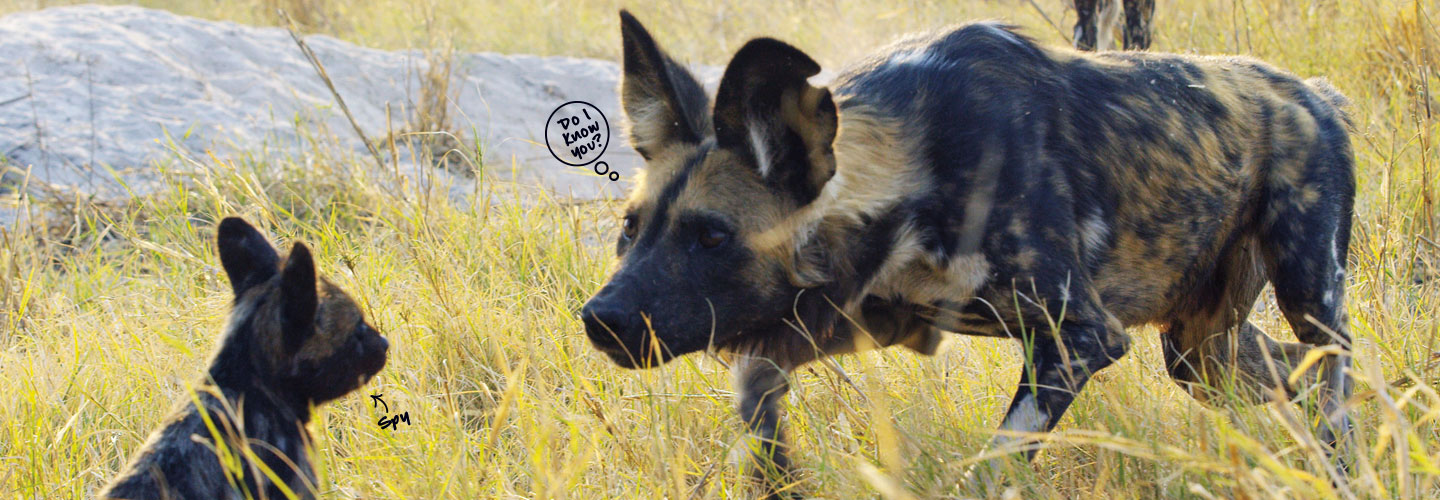Scientists have an extremely hard time observing wild animals in their habitats. Suspicious and elusive, some creatures scurry into hiding when a big, noisy human gets too close. To outsmart these wild animals, documentary filmmakers from U.K.-based John Downer Productions deploy lifelike robots to do candid-camera work.
Each “spy animal” robot has high-definition cameras for eyes and movable joints to interact with real wild animals. They also have long-range remote controls so that their human commanders can direct them from far away.
Scientists have a hard time observing wild animals in their habitats. Many animals are afraid of big, noisy humans. They hide when a scientist gets too close. Documentary filmmakers found a way to outsmart these wild animals. They used lifelike robots to secretly film animals. The filmmakers are from John Downer Productions, which is based in the U.K.
“Spy animal” robots have special tools to snoop on wild animals. The robots’ eyes are high-definition cameras that record video. Their joints move so they can interact with wild animals. They also have remote controls. These controls let humans direct the robots from far away.

